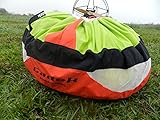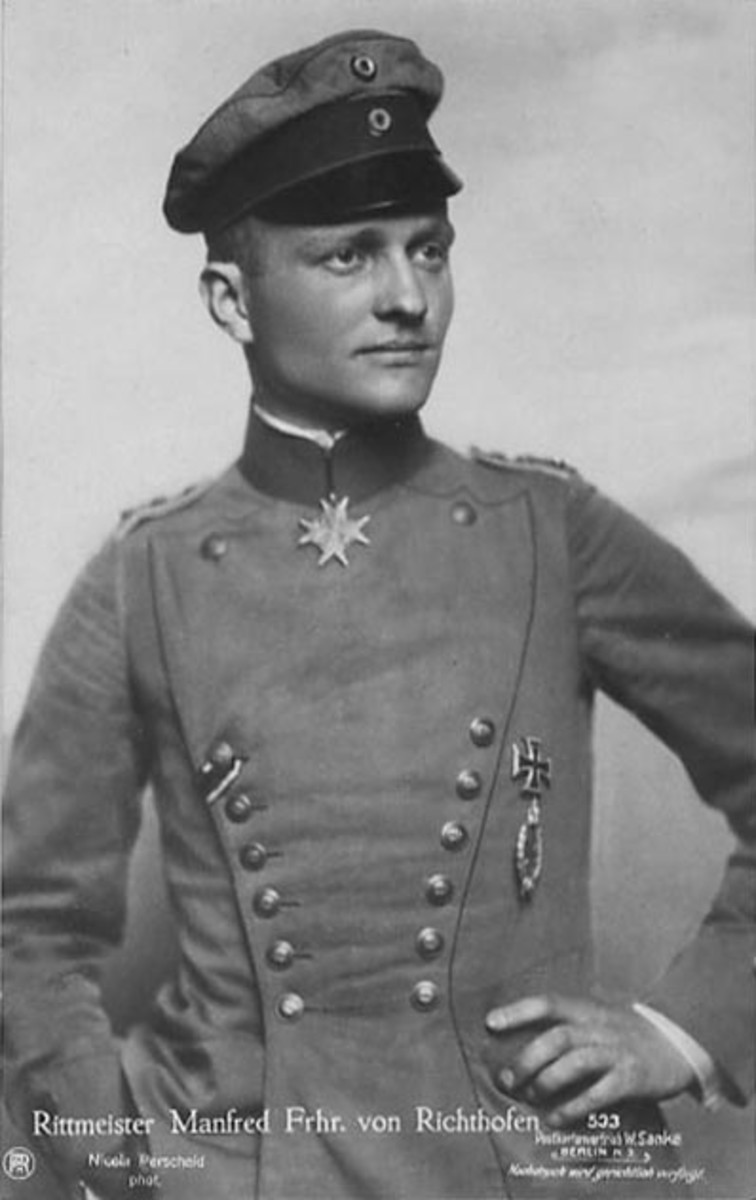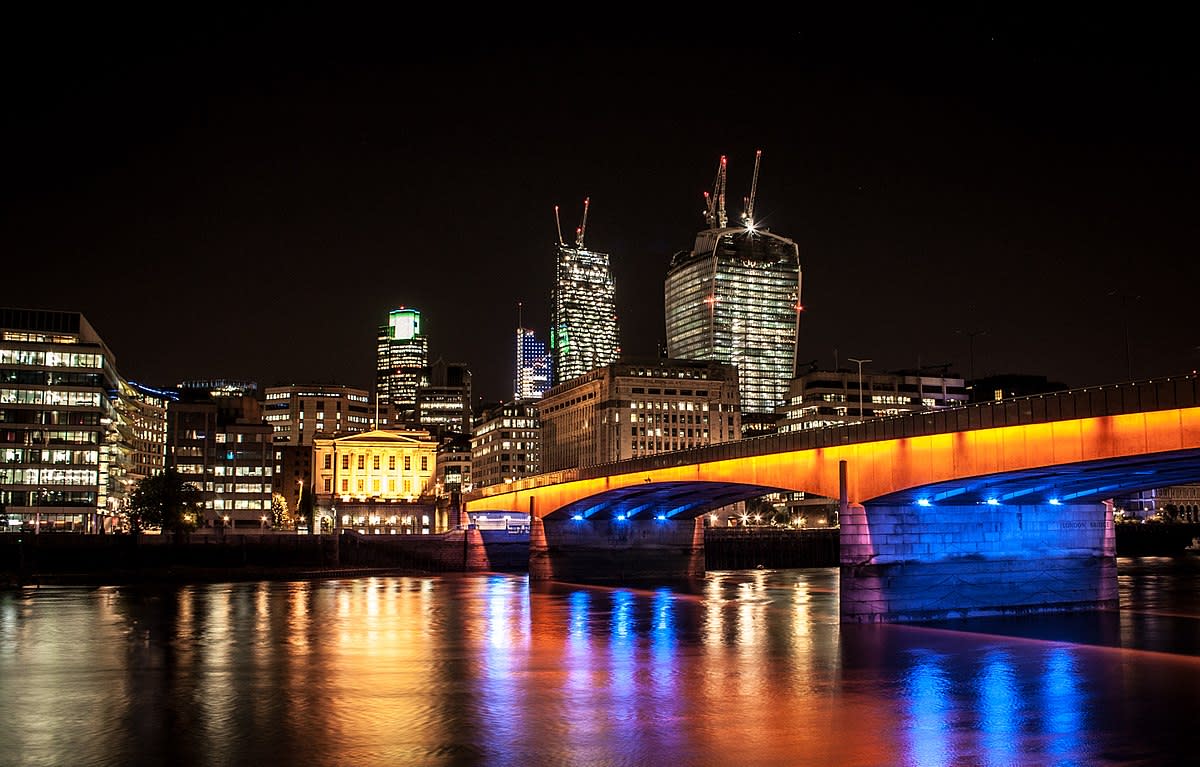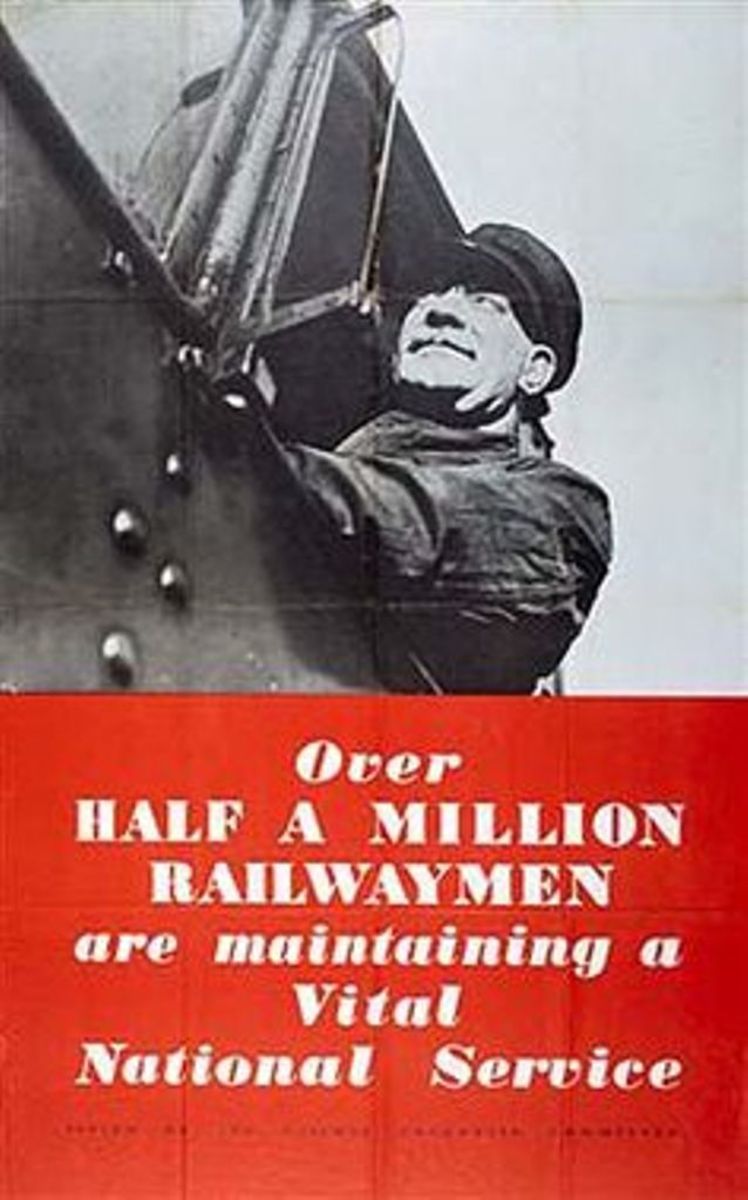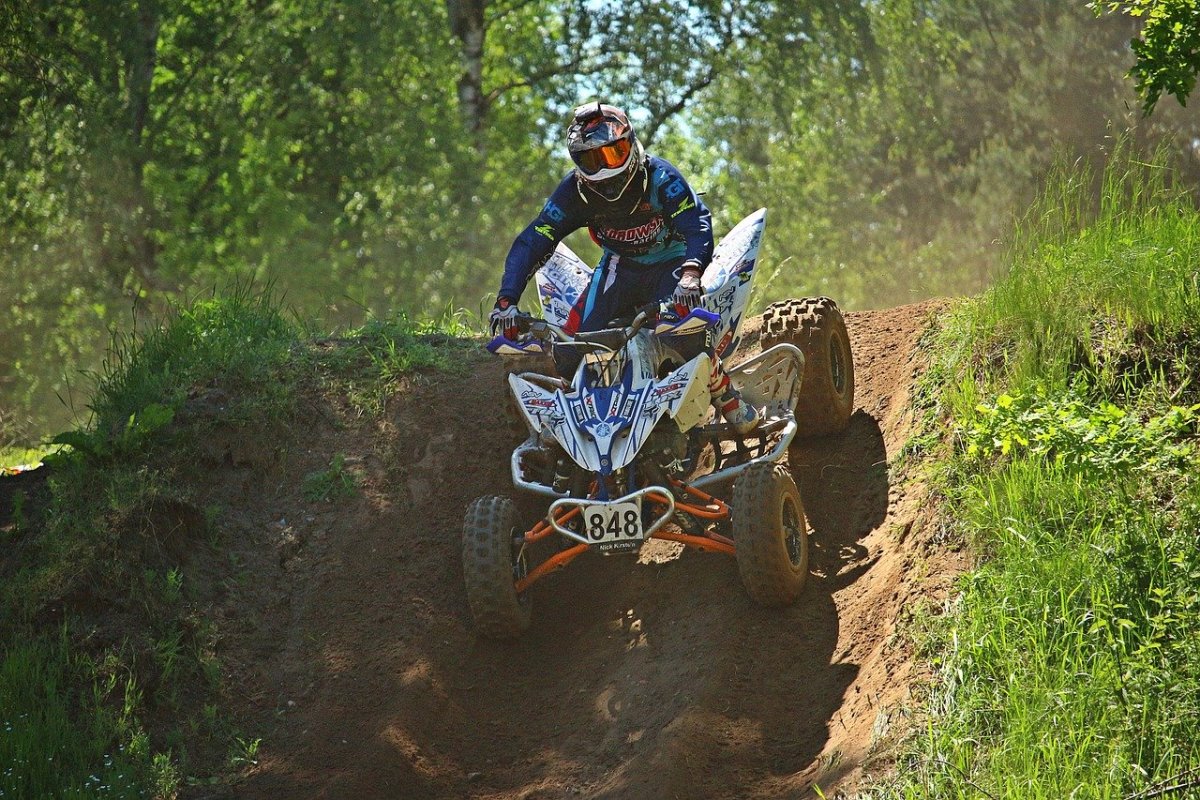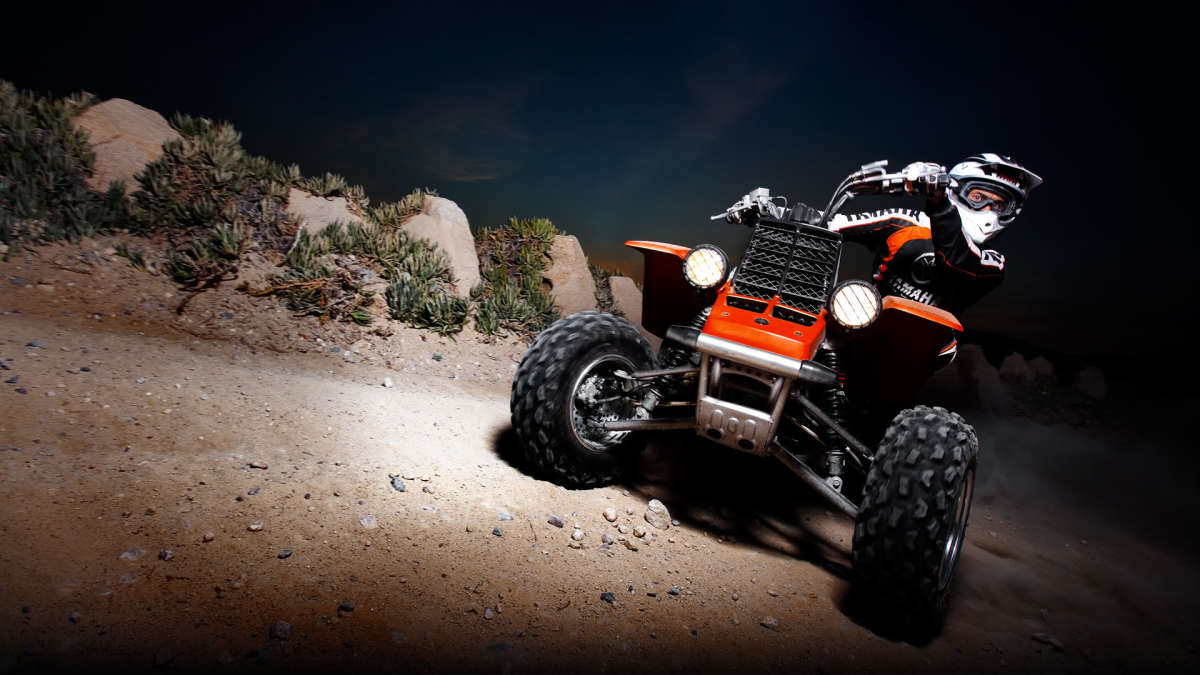London to Timbuktu by Flying Car
Imagine driving to work, an important meeting or other event in which you want to get there quickly and suddenly you hear a traffic report on the radio informing you that there is a major bottleneck ahead on the road on which you are traveling. Extremely heavy traffic, an accident, construction or whatever is causing traffic ahead to slow almost to a standstill. With no better alternative routes wouldn't it be nice to be able to push some buttons or shift some gears and convert you car to an airplane and let you simply fly over the traffic jam?
Shifting gears and going airborne may soon become a reality. In fact, thanks to two British adventurer/entrepreneurs, this has just become a reality for anyone with a spare £50,000, about $82,000 at time of this writing (June 2009), sitting in their checking account.
Neil Laughton, a British adventurer/entrepreneur and former Royal Marine and SAS (British Special Air Service, the elite special forces division of the British military) officer and Gilo Cardozo, owner of Parajet, a manufacturer of light aviation equipment located in the village of Mere in Wiltshire England have teamed up to create the Parajet Skycar which is basically a combination dune buggy and motor powered hang glider.
While Parajet's Skycar is by no means the first flying car, its manufacturer claims that it is the world's first road legal flying car as well as the first bio-fueled flying car. Road legal appears to mean that it is the first flying car that can be driven by someone without a pilot's license. British press accounts state that drivers are only required to have a automobile drivers license and a paragliding certification. Keep in mind, however, that we are talking about British and European requirements and that state and Federal laws and regulations in the United States may be different.
Besides using bio-fuel to propel its engine, the Skycar is not a true aerocar (combination airplane and car) but rather a combination car and motor powered hang glider. Thus, while people may be able to drive and fly the Skycar with only a automobile drivers license and paragliding certification, in Europe at least, drivers of other airplane/car vehicles about to enter the market may be required to have both automobile and private pilot licenses. In addition to not having to go to the trouble of meeting the qualifications needed for a private pilot license, owners of the Parajet Skycar also do not have to spend an hour or more reconfiguring the car to a plane and vice versa as the conversion is a simple matter of engaging the fan propeller in the rear of the car and breaking out the parachute like flexible wing.
The Skycar is a two seat vehicle that can travel up to speeds between 108 and 120 miles per hour (it appears to have been designed with a top speed of 120 mph however, press accounts and interviews to date seem to imply that tests to date have only taken it to about 108 mph on the ground). The car has an independent, four wheel suspension which allows it to travel over any type of rough terrain and, with a full tank of fuel has a range on the ground of about 400 km (248 miles).
By engaging the large fan propeller in the rear and breaking out its parachute like flexible wing, the car can become airborne on about 200 meters (about 656 feet) of flat land at a speed of 45 miles per hour. With 4.5 second 0 - 100 km (0 - 62 mph) acceleration capability it can quickly reach take off speed. Once airborne its airspeed is about 70 miles per hour with a cruising altitude of between 2,000 and 3,000 fee and flying range of about 300 km (186 miles). While its creator, Gilo Cardozo, claims it can reach an altitude of 15,000 feet, pilot and passenger will probably prefer the recommended 2,000 - 3,000 altitude as the wind and lower temperature at that altitude, combined with the cars lack of doors and heater would make for a cold trip.
Given its price tag and lack of normal driving comfort amenities, the Skycar will have little appeal for the average urban motorist. Even its ability to quickly convert from car to plane is of little practical use in congested urban areas since the almost 700 feet and forty-five miles per hour speed needed to become airborne are generally not available on crowded streets. Instead, the the target market for the Skycar, like Parajet Ltd's other personal flying equipment, is the extreme sports enthusiasts who enjoy the thrills and adventure of exploring rough and remote areas.
No bigger than a standard car, the Skycar can fit in an ordinary garage and can be driven from home to the country like any other car. Once in the the great outdoors, the car can not only become an off the road vehicle but, once it encounters obstacles - a river, terrain to rough to drive upon or the need to take a shortcut - it can quickly become a plane and fly over them.
After Flight Video Clip
The Journey to Africa
Departing from the center of London, Laughton, the primary driver, drove to the English Channel which the team had originally planned to fly over. However, the nannies in the British Transportation Ministry felt this was too dangerous so, rather than copy the actions of Douglas "Wrong Way" Corrigan, an aviation adventurer of an earlier era who had simply ignored the nannies in Washington and then claimed that he hadn't meant to disobey them but had taken a wrong turn in the fog, Laughton complied and took the ferry to France.
Once in France Laughton headed south on the highways toward the Pyrenees Mountains in southern France and Northern Spain. He drove and flew over the Pyrenees and across Sapin to Gibraltar where, insteady of waiting for the ferry and a two hour ride on to to North Africa, he switched to flight mode and flew over the Straits of Gibraltar and, a mere fifteen minutes later he landed in Moracco in North Aftrica.
In Africa, Laughton was joined by his partner Gilo Cardozo as the two drove and flew through the Sahara Desert across Moracco and Mauritania to Mali. While the Sahara Desert was challenging they made it through despite Cardozo hitting a tree while attempting to land once and a couple of other small mishaps before arriving in Timbuktu and ending their journey.
Having proved that the Skycar can handle extreme conditions as well as city streets, the duo of Laughton and Cardozo have returned to the factory with plans to begin building and selling Skycars to adventure lovers around the world.


- Skycar Expedition 2009
Official Website of the Expedition. - BBC NEWS | UK | England | Wiltshire | Flying car adventure team return
The team behind the bio-fuelled sky car returns to Wiltshire after completing its expedition to Timbuktu.

